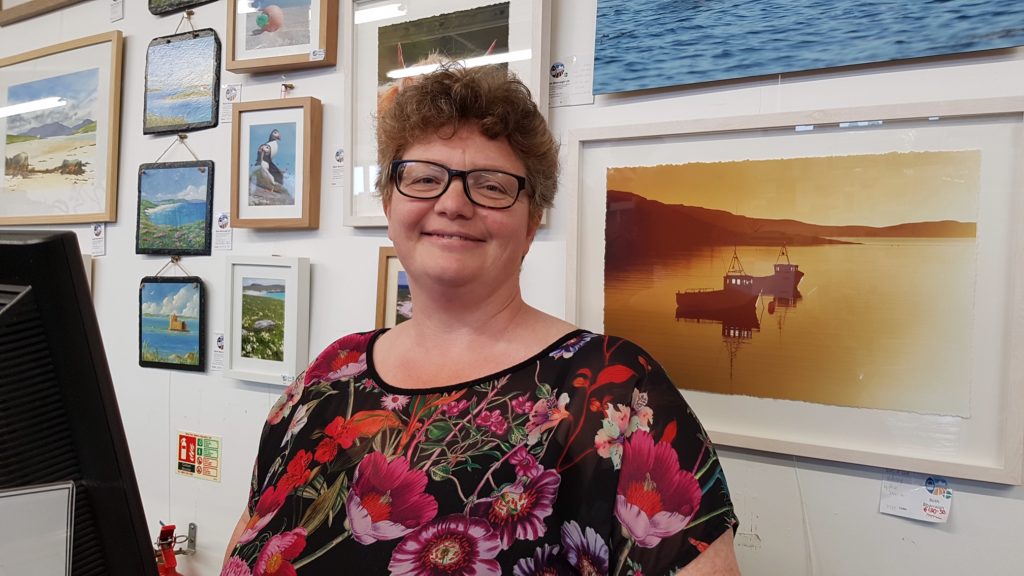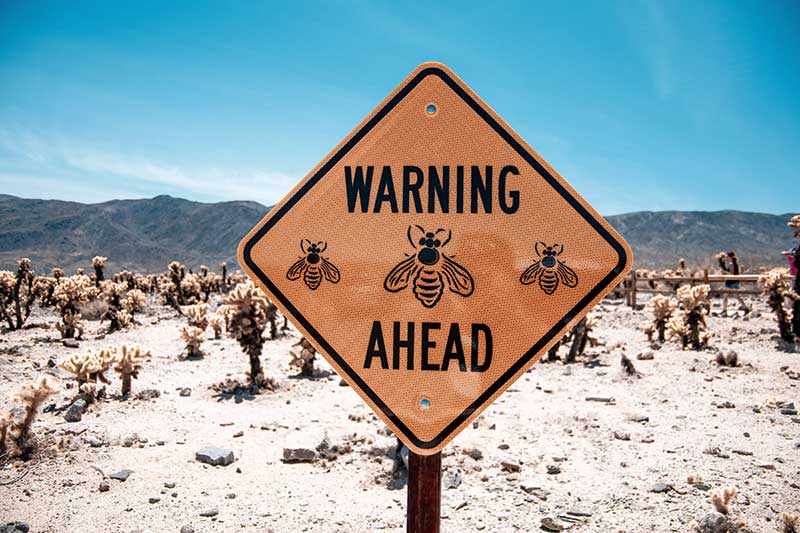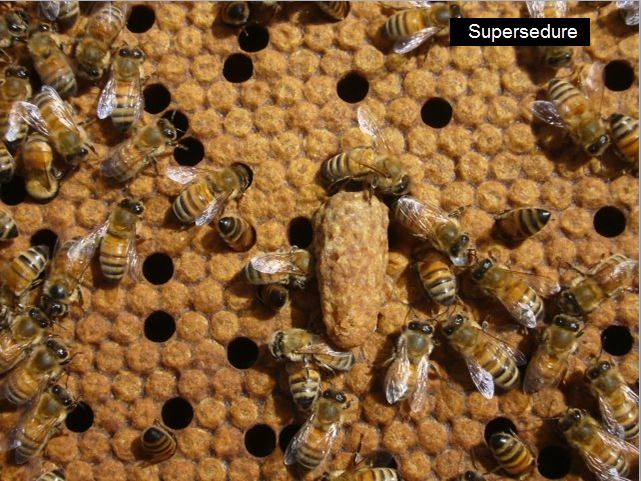Spring
Hey there, how are you? Bee season has started again and we have been to look at the bees to see if they survived winter. Mmmm, well it’s not all good news I am afraid. We have lost our weakest hive, this is not a …
about my bees and a bit of everything
So my last post was the end of the summer and I realised that today is the last day of Autumn in the UK. So that’s a whole season I have not blogged! So the bees are ok, they are treated for varroa and fed …
We have recently trekked all the way to the Outer Hebrides. I did get quite a-lot of satisfaction when people asked me where we were going on holiday and I could reply with ‘ we are camping in the Outer Hebrides’ which was usually followed by short silence whilst people wondered what to say next. I also found it to be a bit of a conversation stopper when people tended to realise the extent of their personal knowledge of Great Britain and actual whereabouts of the islands. It became a bit of a refrain whilst packing for the holiday when one of us would say ‘its not like we are going to the Outer Hebrides’ only for the other to grin inanely and say ‘ah, but we are!’
As for camping, this seemed like a great idea after a trip a few years ago in bright sunshine, when much fun was had seeking out pretty shells and stones, gently prodding jellyfish – I know, I know, but the littlest beekeeper was only 4 years old and it was a huge fascination to see these animals actually wild on the beach, we were careful, no harm was inflicted. We had camped that year and intended to do it again this time on Barra, one of the most southerly of the islands, attached to Vatersay (home of the sea eagles) and one short ferry ride from Eriskay (home of the wreck of the SS Politican, aka Whiskey Galore). If none of this makes sense google it, good for a few minutes and will assist with pub quiz training I imagine.
That last holiday was Famous Five and Swallows and Amazons rolled into one with adventures all day. Mainly because it didn’t rain much, and that was because it was being saved up in a great sky rain butt for this years holiday. You know how the Scandinavians have 40 different words for snow, I used at least 40 different words for the type of rain we had, not all of them publishable. However, we are not put off by a bit of rain, every day, relentlessly, and still had a-lot of fun, Boy Beekeeper bravely described our camping trip as an adventure, even the bits that were a little bit testing.
Anyway there is a point to telling you all this. I met a real life Barra beekeeper! Her name is Sarah and she works in the Bùth Bharraigh, which is the shop the islanders keep for selling their own products and the things they would like to buy, providing information and other cool things.

Sarah has one hive and like us and had a rotten summer bee-wise. She has an angry queen too and so, also like us is going to have to start again in the Spring with a new hive. There are only around 5 beekeepers on Barra and this is mainly due to the fact that a) there are only around 5 people interested and b) the islanders are careful to ensure that the native bees are kept safe and there is no over population from non native ones. All the honey bees come from Colonsay and are black native bees shipped over in NUCs. I wondered about the weather, given our experience of the rain on Barra and how at home the rain had thwarted our Queens maiden flights. Sarah told us how she had her polystyrene hive strapped with 2 straps on to pallets which she had placed by the brambles to allow them to clamber around the pallets to anchor them to the ground, as the biggest issue was 100mph winds and keeping the hive in one place.
Honey from Sarah’s hive is from the flowers and plants around the island earlier in August, and is a dark amber colour but then later the honey is from the heather which we saw all round the island and is a beautiful strong purple colour, and makes the honey a treacly colour. It sounds amazing to me, but there is so little produced that it tends to stay in the beekeepers houses and not in the shops! I can understand that, I think a dark treacly heather honey would sell out in an instant.
The point about the honey bees not taking over is also really important as the Hebrides (on the left of Scotland towards the very top if you are still geographically confused) is home to the Great Yellow Bumblebee – Bombus distinguendus and the Moss Carder Bumblebee – Bombus Muscorum. I’ve gone a bit technical and all Latin there for a moment but when I said the names aloud on the ferry back from Barra I came over all what we call in our family ‘anoraky’ and quite liked it so I thought I would pop them in so it seems like I know stuff like that without looking it up. I cannot find pictures of these I can use without some kind of threat or fine so if anyone reading can post one in the comments it would be fab! Hubby and the Boy Beekeeper actually saw the Moss Carder Bumblebee on the campsite we stayed in over the wild roses there but didn’t realise at the time (in fact they have only just mentioned it) that these are rare bees only living in the Hebrides out of the whole of the UK. They are truly beautiful and worth looking out for with their big orange back spots.
Check out below the links to the Barra Community Shop where Sarah works and you could, if you fancy it, send them some bunting for their project – see the link, we are going to give it a go, there is a template to download on the website.
https://www.visitouterhebrides.co.uk/information/product-catch-all/buth-bharraigh-p531091
Thank you Sarah, it was a pleasure chatting to you and hope the new season brings you and your bees much honey, no stings and a mellow happy queen!
The other day myself and a colleague were idling away our work day by staring out of the window at work checking out the apartments and the street below when he pointed out the bus stops below and told me about what was going on …
I have not posted for ages, we have been a bit busy! There has been alot on. The greenhouse is starting to look like a place to grow food and plants, rather than store equipment, seeds have been scattered all over the place, and the bees, ah well, The Bees.
Where to start, so our three hives have seemed fine for a bit. Lots of honey in hive 1 all good, but bees are getting a bit cross (this was the hive that swarmed before), nothing too desperate. I wasn’t too worried, however I was talking to another beekeeper just this week and he told me this story. His bees were a bit grumpy, he thought ah well, it happens. Then a bit more angry and batting into him, ours do that. Then, somehow, 50 of them found their way into his suit and stung him. He collapsed due to the volume of venom and ended up in hospital. It wasn’t anaphylactic shock, just so much venom. He described his bees in many ways I cannot repeat here, very sadly they had to be destroyed as just too aggressive. Blimey, I thought, hope thats not in store for us. He is back beekeeping, though he said he thought about it for a few days.
Just in case, I do blog for help though, here is what to do if you come across a beekeeper with anaphylactic shock, just saying.
https://www.nhs.uk/conditions/anaphylaxis/

Credit for photo: https://www.1staidsupplies.com/2019/01/11/first-aid-supplies-to-keep-on-hand-for-bee-stings/
And hive 2? That’s a complete disaster but I am going to have to leave you hanging until tomorrow. You know that other stuff that gets in the way, well, Scouts are hiking tomorrow and boy beekeeper cannot find his scout trousers, signing off for now.
Saw this today going into the hive, how amazing it that? I am guessing that for seasoned beekeepers red pollen is common but we were amazed to see this today I thought I would share it. Where is it from? Horse chestnut trees is the …
So, last time I posted we had queen cell issues. Well, we still do really. We have one very busy hive but are not sure what is going on in there. We have another supersedure cell so have decided to leave it be for a …
First inspection for three weeks due to low temperatures today. Good and no so good outcomes. Firstly I wore my green gardening gloves for the inspection. It did come to me later that the bees find these sticky and once on them cannot get off. This would account for the punchy sting I got a few moments after the hive was open. Cannot say I wasn’t disappointed at this as its a bit like having a row with your best mate during the first ten minutes of a night out. Things were frosty between me and the bees for while after this and I didn’t really feel like making small talk about the weather or pollen supplies over the fields.
I tried to move on from it, slightly grumpy and feeling the adrenalin caused by the sting coursing through my veins and carried on looking through the hive with Hubby. First hive was ok, bees were very plentiful, but struggled to see eggs. We concluded they were some but not masses. Things were ok, not great but ok.
The second hive, I was standing further back now, was a different story. Less bees, no eggs, no queen. This is not great news. Hives with no queens can die. There was also more honey than brood in the brood box. There were also 4 queen cells. So, I have been researching what this means as although we have dealt with this before I need an emergency reminder as getting this wrong could be the end of hive 2 as we imaginatively call this hive.
I am still figuring this out tonight, but I think we have supersedure cells. These are produced when the old queen is too old or stops working hard enough (let that be a warning) and is replaced. The bees create new queen cells and the first one out destroys the competition. Imagine that being your first job after birth!

We have to decide how to proceed as soon as possible as we might have it all wrong and the bees are actually about to swarm.
If we are certain and think they are supersedure cells we should leave them alone to sort it out.
More news or not soon. did I say there was good and not so good news? I cannot remember the good news, I think maybe it was all not so good. Hurts to type from my swollen hand……..back soon
By the way – if you follow @roaringbees on instagram you can see more pics on what we are up to.
photo credit: ScientificBeekeeping.com
We checked the bees today, they are busy building comb, the queens in both hives are looking good and laying eggs, larvae are already developing. This is all good, though a spell of cold weather won’t be good now as the bees might realise too …